Guide to Biliopancreatic Diversion Surgery in Mexico

If you're exploring significant weight loss solutions and have considered bariatric surgery, you might have come across the Biliopancreatic Diversion with Duodenal Switch, often shortened to BPD/DS.
This powerful procedure is gaining attention, especially in countries like Mexico, where it's offered by highly skilled surgeons in modern facilities at a more accessible cost.
BPD/DS is known for its effectiveness in treating severe obesity and related health conditions, offering a path to a healthier, more active life for many individuals who have struggled with other weight loss methods.
Unlike some other bariatric surgeries that primarily restrict food intake, BPD/DS combines both restriction and malabsorption, making it one of the most effective procedures for achieving substantial and lasting weight loss.
It involves a two-part process: reducing the stomach size and rerouting a significant portion of the small intestine. Patients often choose Mexico for this surgery due to the combination of experienced medical professionals, state-of-the-art hospitals, and significantly lower costs compared to their home countries, without compromising on quality or safety.
What is Biliopancreatic Diversion with Duodenal Switch (BPD/DS)?
Biliopancreatic Diversion with Duodenal Switch (BPD/DS) is a highly effective bariatric procedure designed for individuals with severe obesity. It's often considered one of the most powerful weight loss surgeries because it combines two mechanisms: restriction and malabsorption.
The restrictive component involves removing about 70-80% of the stomach, creating a smaller, tubular stomach pouch. This reduces the amount of food you can eat at one time and limits the hunger-inducing hormones produced by the removed stomach section.
The malabsorptive component is more extensive than in other surgeries. A significant portion of the small intestine is bypassed, meaning food bypasses the first part of the small intestine where most calorie and nutrient absorption typically occurs.
This rerouting results in a shorter length of intestine where food mixes with digestive enzymes, leading to fewer calories and nutrients being absorbed. The duodenal switch part refers to the connection of the end section of the small intestine to the duodenum, the very first part of the small intestine after the stomach, which allows for better digestion and reduces some of the malabsorption issues seen in older BPD procedures.
Who is a suitable candidate for BPD/DS surgery?
Determining suitability for BPD/DS surgery involves a comprehensive medical evaluation. Generally, the ideal candidate is someone struggling with severe obesity who has been unsuccessful in achieving sustainable weight loss through diet, exercise, or other non-surgical interventions. The National Institutes of Health (NIH) guidelines suggest that candidates for bariatric surgery usually meet specific BMI criteria.
Specifically for BPD/DS, candidates often have a BMI of 50 or greater, or a BMI of 40 or greater with one or more severe obesity-related co-morbidities such as type 2 diabetes, severe sleep apnea, or high blood pressure.
Because BPD/DS is a more aggressive surgery with higher potential for nutritional deficiencies, candidates must be committed to lifelong dietary changes, vitamin supplementation, and regular medical follow-ups. A thorough psychological evaluation is also common to ensure the patient is prepared for the significant lifestyle adjustments required post-surgery.
What are the benefits of Biliopancreatic Diversion surgery?
The benefits of Biliopancreatic Diversion with Duodenal Switch surgery are substantial, particularly for those with severe obesity and related health issues. Patients often experience the highest percentage of excess weight loss compared to other bariatric procedures, typically ranging from 70% to 80% or more, which is maintained long-term. This significant weight loss profoundly impacts overall health and well-being.
One of the most remarkable benefits is the improvement or complete resolution of obesity-related co-morbidities. BPD/DS is exceptionally effective in treating type 2 diabetes, often leading to remission or significantly reduced medication needs.
It also has a high success rate in improving high blood pressure, sleep apnea, high cholesterol, and joint pain. Beyond the physical health improvements, patients report a dramatic enhancement in their quality of life, including increased mobility, improved self-esteem, and greater participation in daily activities and social interactions.
What are the potential risks and complications of BPD/DS?
While BPD/DS offers significant benefits, it also carries a higher risk profile compared to less aggressive bariatric procedures. The primary long-term concern is the potential for nutritional deficiencies due to the extensive malabsorption.
Patients require lifelong supplementation of vitamins and minerals, including fat-soluble vitamins (A, D, E, K), vitamin B12, iron, calcium, and often protein supplements. Failure to adhere to this regimen can lead to serious health problems such as anemia, bone density loss, and neurological issues.
Surgical risks, although rare with experienced surgeons, include complications common to any major abdominal surgery, such as infection, bleeding, blood clots, or anastomotic leaks (where the surgical connections separate). Some patients may experience chronic diarrhea, foul-smsmelling stools or gas, and protein malnutrition. Careful patient selection, meticulous surgical technique, and dedicated post-operative care are crucial in mitigating these risks.
How does BPD/DS surgery in Mexico compare to other bariatric procedures?
Biliopancreatic Diversion with Duodenal Switch stands apart from other common bariatric surgeries like Gastric Sleeve and Roux-en-Y Gastric Bypass due to its dual mechanism of action and the extent of intestinal rerouting. Here's a comparison:
| Feature | Gastric Sleeve | Gastric Bypass | BPD/DS |
|---|---|---|---|
| Mechanism | Restriction only | Restriction + Malabsorption (mild) | Restriction + Malabsorption (significant) |
| Excess Weight Loss | 60-70% | 65-75% | 70-80%+ |
| Diabetes Resolution | Moderate (50-70%) | High (70-85%) | Highest (90%+) |
| Nutritional Deficiencies | Low-Moderate | Moderate | Highest |
| Surgical Complexity | Lowest | Moderate | Highest |
While gastric sleeve removes a portion of the stomach, and gastric bypass creates a smaller pouch and reroutes the small intestine, BPD/DS takes the malabsorptive aspect further. This results in superior weight loss and disease resolution, but also necessitates more stringent long-term dietary and nutritional management.
What is the cost of Biliopancreatic Diversion surgery in Mexico?
One of the primary reasons individuals choose Mexico for bariatric procedures like BPD/DS is the substantial cost savings. In countries like the United States or Canada, BPD/DS can be prohibitively expensive, often costing upwards of $30,000 to $40,000, and sometimes even more, especially if not covered by insurance. In Mexico, the same high-quality procedure performed by experienced, board-certified surgeons in accredited facilities is available at a fraction of the cost.
The price range for BPD/DS in Mexico is generally between $10,000 and $20,000. This fee often includes not just the surgery itself, but also the hospital stay, anesthesia, pre-operative tests, post-operative care, and sometimes even travel coordination or local accommodation.
These lower costs do not reflect a compromise in quality but rather the difference in healthcare infrastructure, insurance models, and operational expenses between countries, making advanced medical care accessible to a broader population.
How do I choose a qualified surgeon and clinic for BPD/DS in Mexico?
Selecting the right surgeon and clinic is paramount for a successful BPD/DS surgery, especially when traveling for medical care. Start by researching surgeons who are specifically board-certified in bariatric or metabolic surgery.
Look for their experience with BPD/DS in particular, as it is a more complex procedure than others. Many reputable surgeons in Mexico have received training in the U.S. or Europe and hold international certifications.
Equally important is the accreditation of the clinic or hospital. Seek facilities that are internationally accredited, such as by the Joint Commission International (JCI) or similar reputable organizations. These accreditations signify that the facility meets rigorous international standards for patient safety and quality of care.
Check patient testimonials, before-and-after photos, and inquire about their post-operative care protocols, including nutrition counseling and follow-up support, which are crucial for BPD/DS patients.
What is the recovery process after BPD/DS surgery?
The initial recovery period after BPD/DS surgery usually involves a hospital stay of approximately 3 to 5 days. During this time, medical staff monitor you for any complications, manage pain, and begin your post-surgical dietary progression. You will start with a clear liquid diet, gradually moving to full liquids, then pureed foods, soft foods, and eventually solid foods over several weeks.
Returning home, you will need to continue following your surgeon's specific dietary instructions and take all prescribed vitamin and mineral supplements. Most patients can return to light activities within 2-3 weeks and more strenuous activities within 6-8 weeks, depending on individual healing.
Regular follow-up appointments with your bariatric team, including a dietitian and physician, are essential to monitor your weight loss, nutritional status, and overall health to ensure a smooth and healthy recovery.
What long-term dietary and lifestyle changes are required after BPD/DS?
The success of BPD/DS surgery hinges on permanent dietary and lifestyle modifications. Due to the significant malabsorption, lifelong daily supplementation of specific vitamins and minerals is non-negotiable. This typically includes high doses of fat-soluble vitamins (A, D, E, K), iron, calcium, vitamin B12, and often a comprehensive multivitamin. Regular blood tests will be necessary to monitor your nutrient levels and adjust supplementation as needed.
Dietary changes involve prioritizing protein intake to prevent protein malnutrition, choosing lean protein sources, and limiting sugary, high-fat, and processed foods. Hydration is also crucial, and small, frequent meals are recommended.
In addition to diet, incorporating regular physical activity into your routine is vital for maintaining weight loss, improving overall health, and enhancing muscle mass. These ongoing commitments, coupled with consistent follow-ups with your bariatric team, are fundamental for maximizing the benefits and minimizing the risks associated with BPD/DS.
Is Biliopancreatic Diversion surgery in Mexico safe?
The safety of Biliopancreatic Diversion surgery in Mexico is a common concern for many considering medical tourism. The answer is a resounding "yes," provided you choose your medical providers wisely. Mexico has emerged as a leading destination for bariatric surgery, with numerous hospitals and clinics offering world-class care that rivals facilities in more expensive countries.
Many Mexican bariatric surgeons are highly skilled, internationally trained, and board-certified, often members of prestigious bariatric surgery associations.
Their facilities are frequently accredited by international bodies, ensuring they meet strict standards for patient safety, sterile environments, and advanced medical technology.
The key to a safe experience lies in thorough research and vetting of your chosen surgeon and clinic. By selecting a reputable provider with a proven track record, patients can undergo BPD/DS in Mexico with confidence in their safety and the quality of their medical care.
Considering Biliopancreatic Diversion surgery? Explore your options and connect with world-class bariatric specialists. Visit PlacidWay today to find accredited clinics and experienced surgeons for your weight loss journey.


.png)



.png)



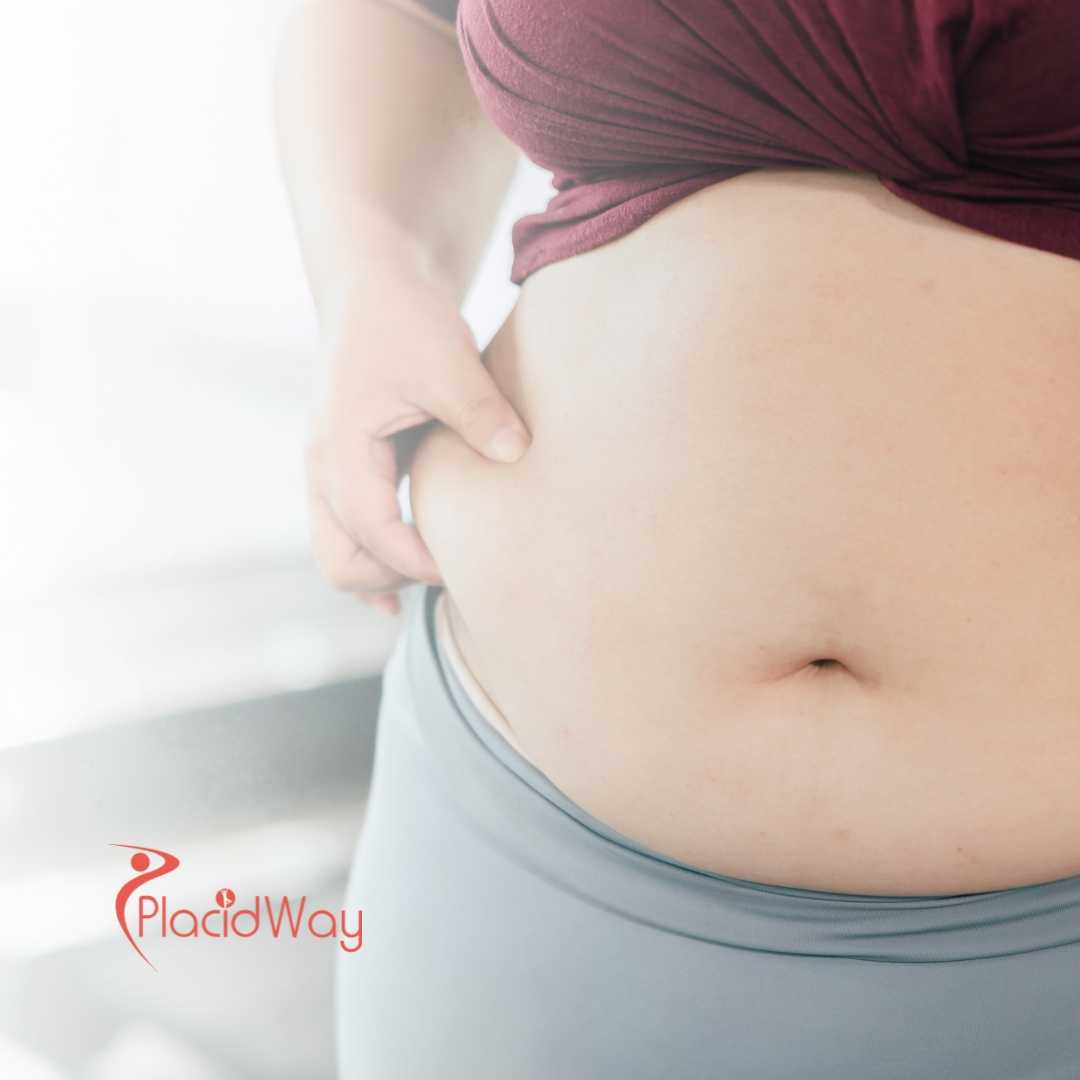
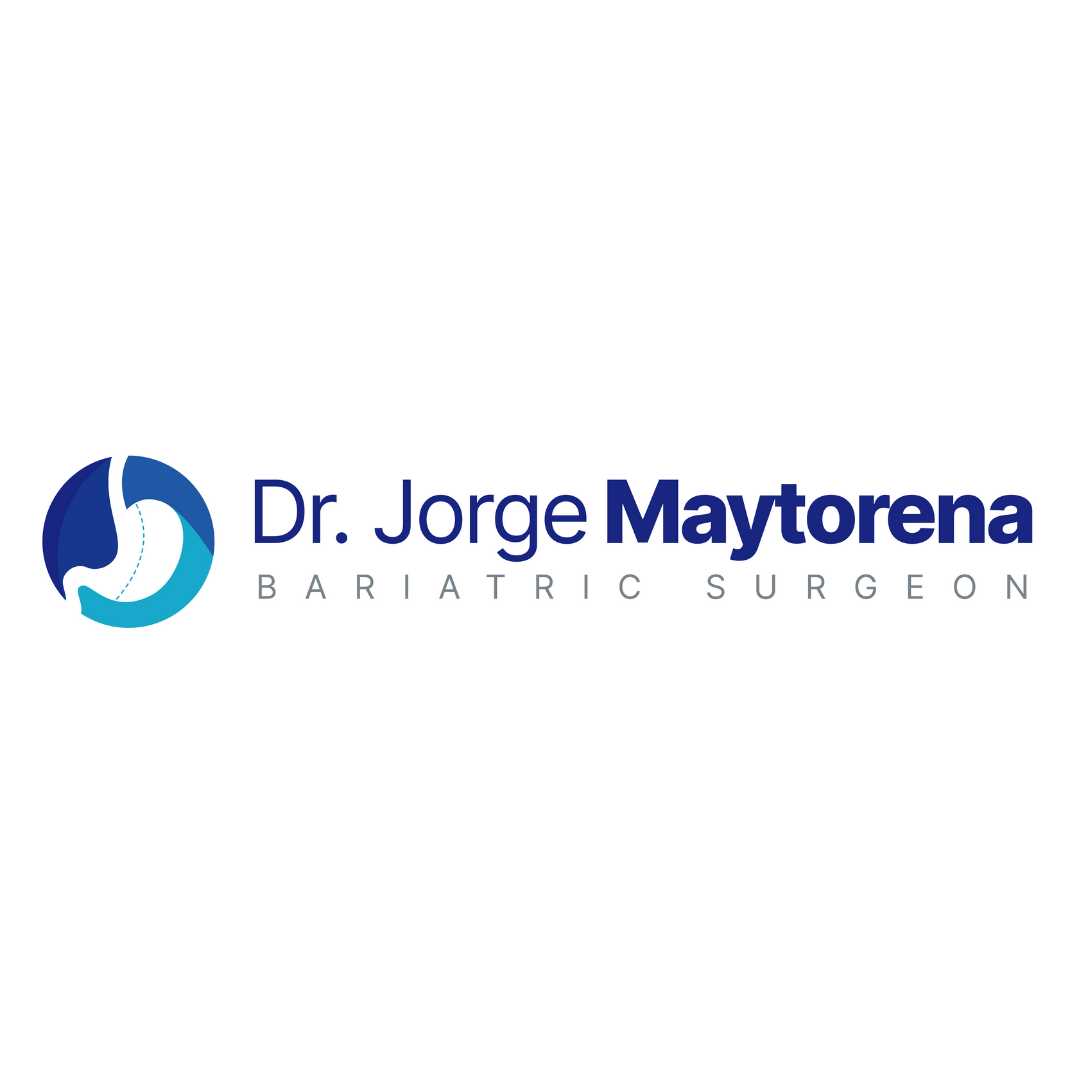
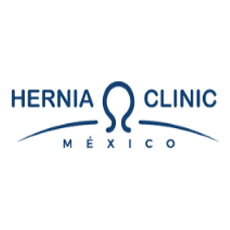
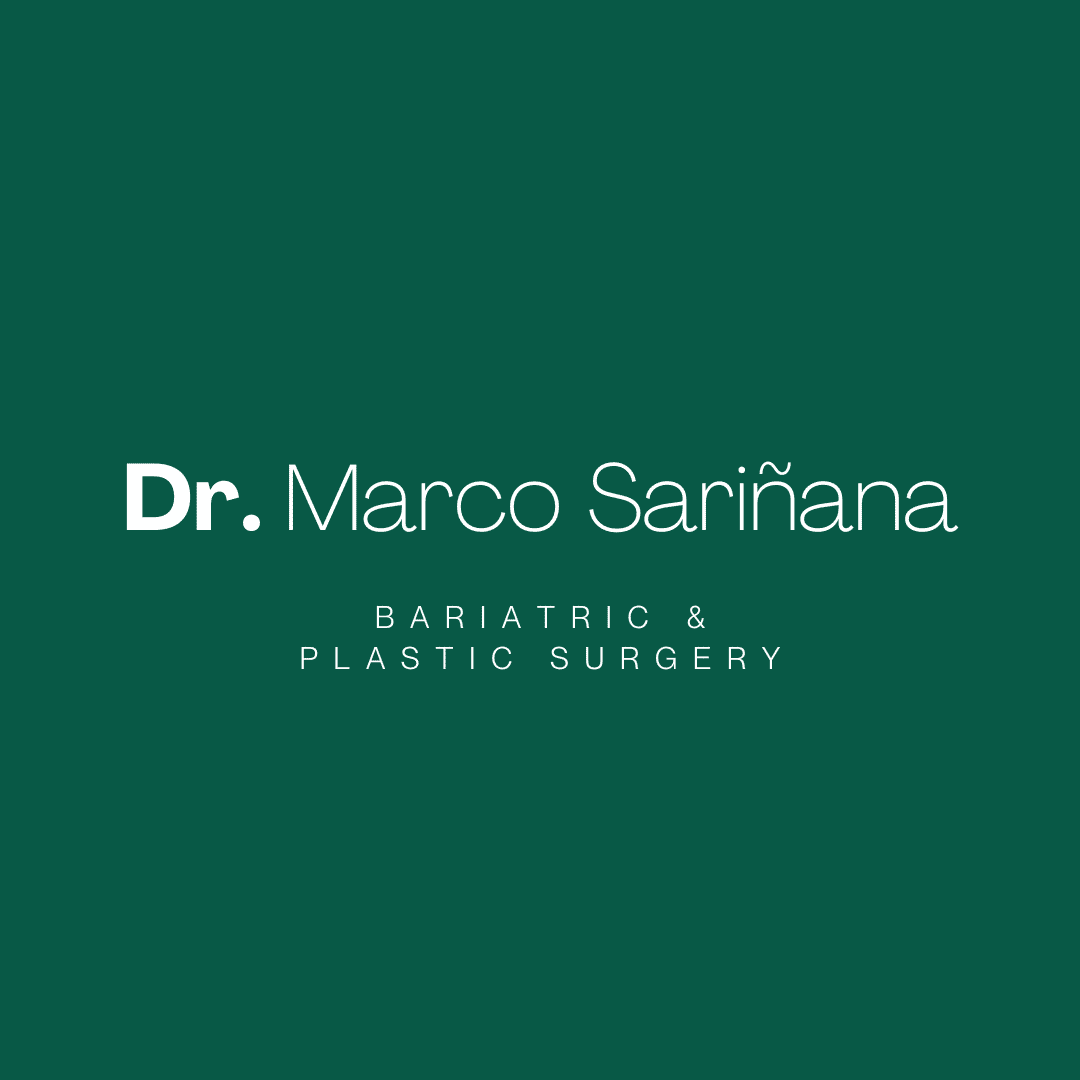

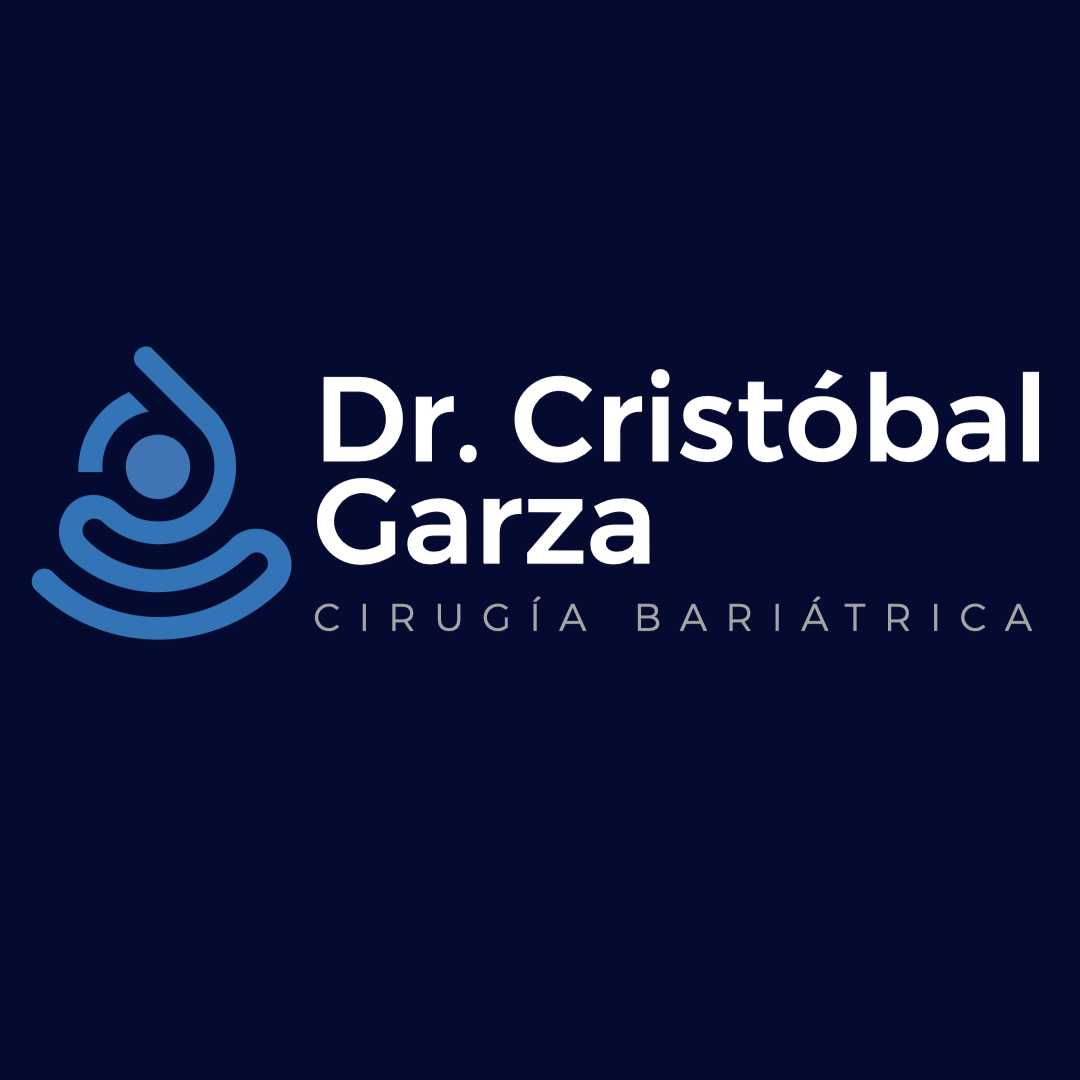

Share this listing